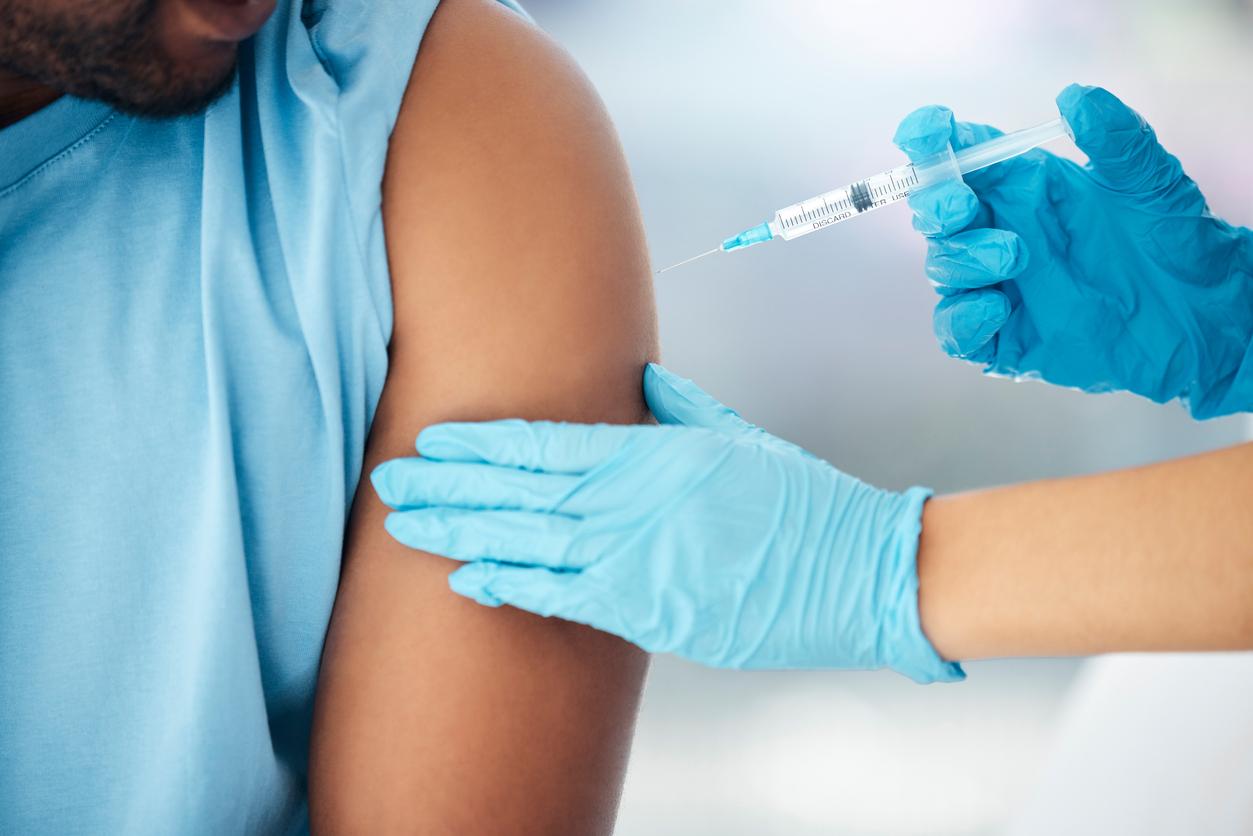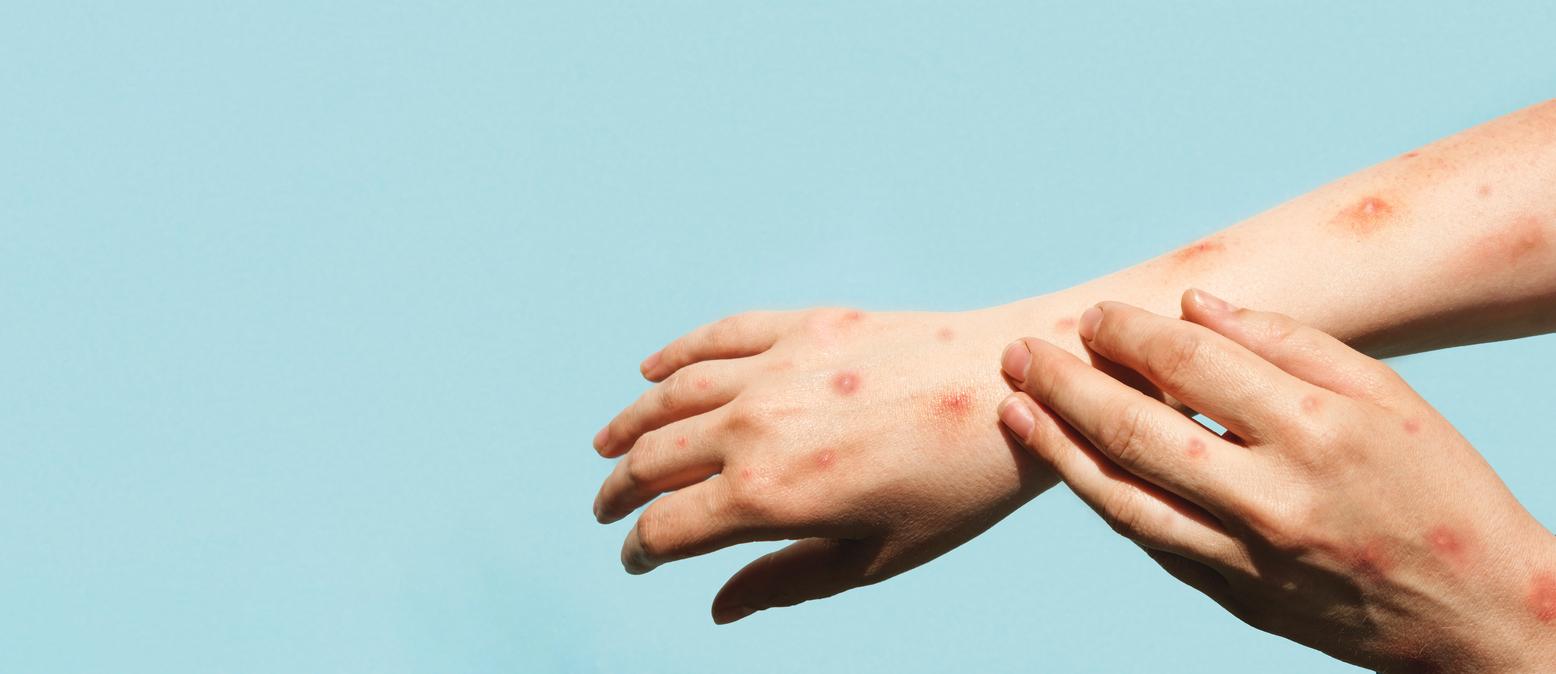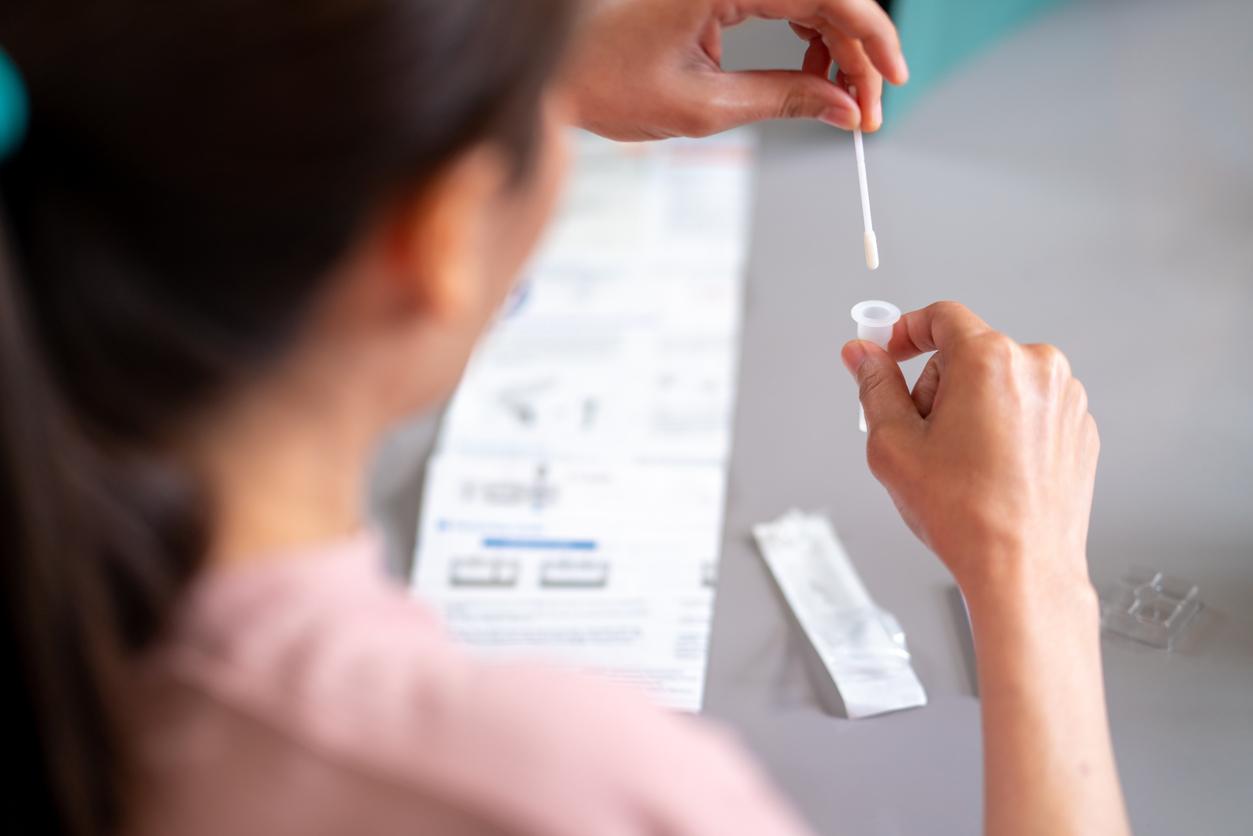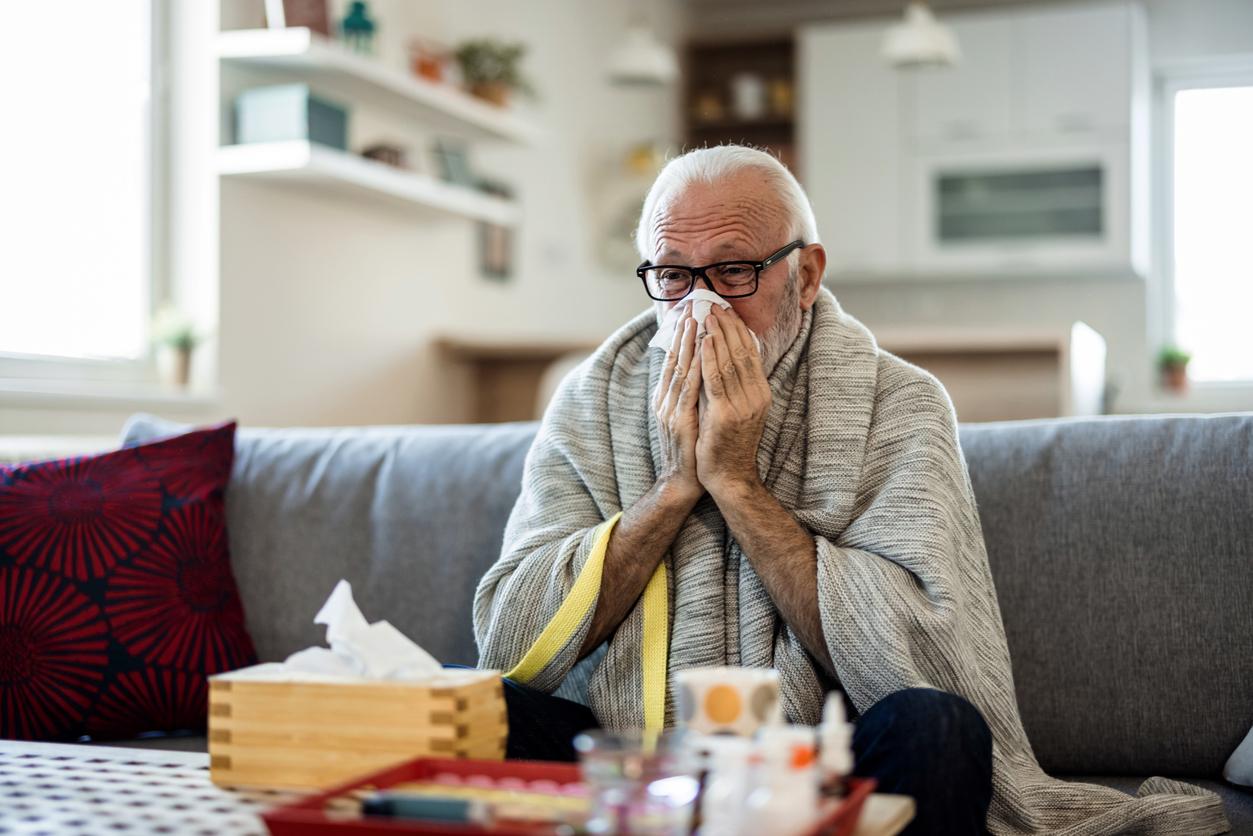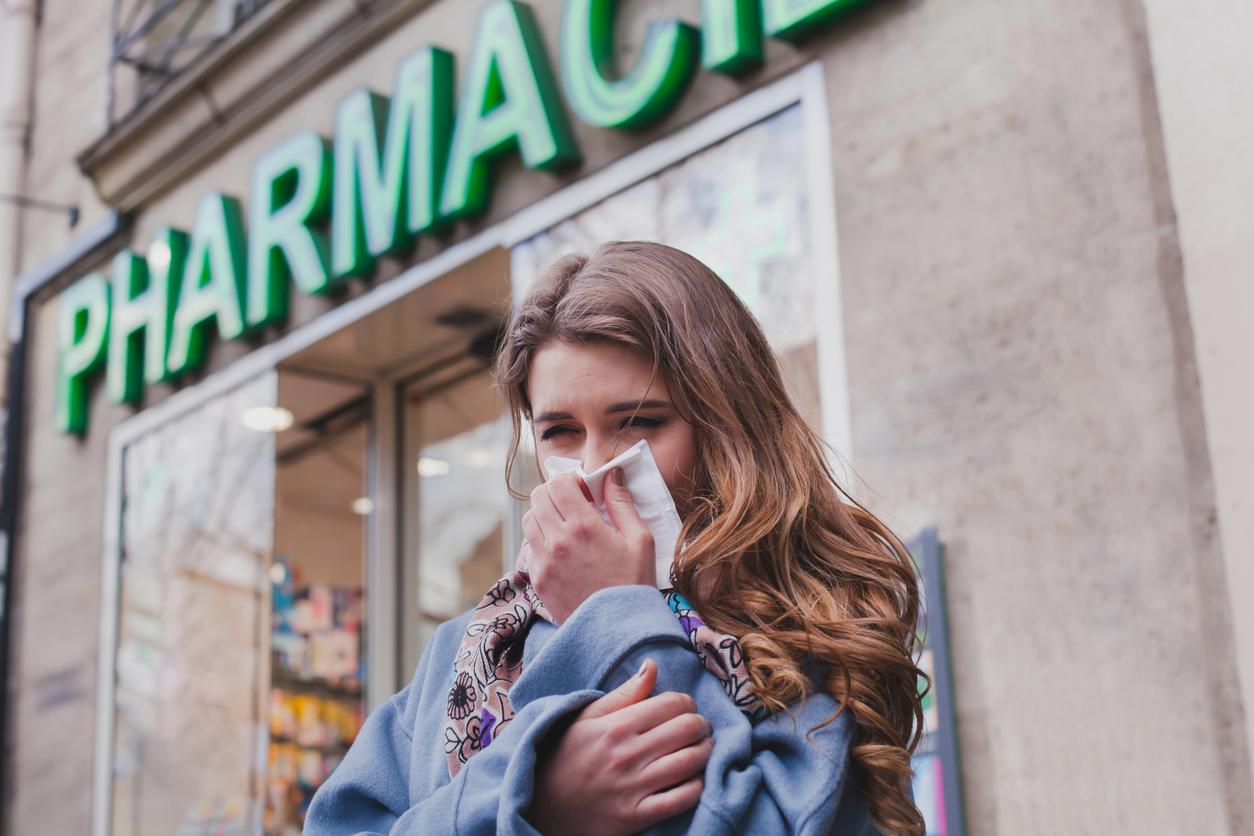American researchers have found that people who adhere more strictly to social distancing are less likely to be infected.
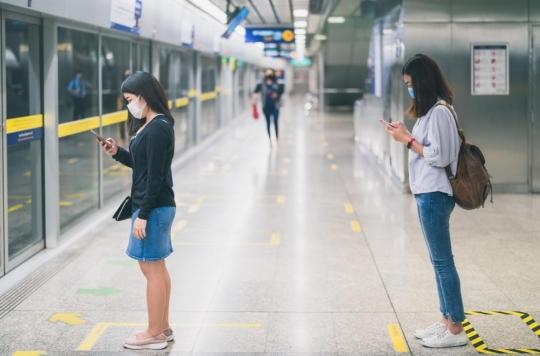
- The effectiveness of social distancing has been tested by researchers at the university leading studies on the coronavirus epidemic
- This work confirms a reduction in contamination when this distance is respected
- The “good” distance is variable: 1 meter in France, 1.8 meters in the USA
Move away to protect yourself: this is the principle of social distancing. The expression, almost unknown before March, is now part of our daily lives. From researchers from the Johns Hopkins University School of Public Health tested the effectiveness of this technique in reducing contamination. According to them, people practicing strict social distancing have a lower risk of contracting the coronavirus.
Different rules depending on the country
Social distancing rules vary by country, including the number of meters that must separate two individuals: 1 meter in France, Denmark and China, 1.5 meters in Australia, Germany and Italy, and 1.8 meters in the USA. The World Health Organization estimates that a distance of one meter is necessary. It also recommends wearing a mask in busy areas and at high risk of transmission, a measure widely adopted around the world.
The longer you stay at home, the lower the risk of infection
Researchers interviewed more than 1,000 Marylanders in June. In this American state, more than 113,000 cases and 3,700 deaths have been recorded. The participants answered questions about their use of public transport, the wearing of a mask, their possible contamination by SARS-CoV-2, their practice of social distancing, etc. Data analysis shows that social distancing significantly reduces the risk of contamination. Among participants who took public transport at least three times in the two weeks preceding the study, SARS-CoV-2 infections were 4 times more frequent, compared to people who did not use these means of transport. People who had been to a place of worship were 16 times more likely to have been infected. “Our results support the idea that if you go out you should be in the strictest social distancing possible, as this appears to be associated with a lower risk of becoming infected.”explains the lead author of the study Sunil Solomon.
A prediction tool
The researchers found that people at risk are generally aware of their vulnerability. 81% of those over 65 have respected social distancing measures, compared to only 58% of 18-24 year olds. Sunil Solomon’s team wants to use these polls as predictive tools. “We did this study in Maryland in June, and it showed in particular that younger people were unlikely to reduce their risk of infection through social distancing, a month later a large portion of the infection cases in SARS-CoV-2 in this state was for young people”, underlines the researcher. For him, behavioral analysis can be an effective way to identify potential sources of contamination.

.









